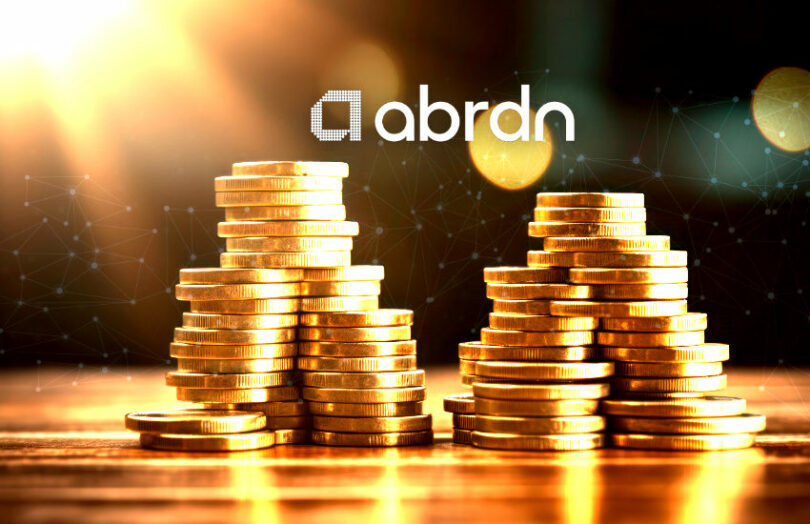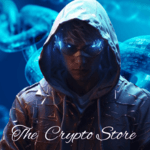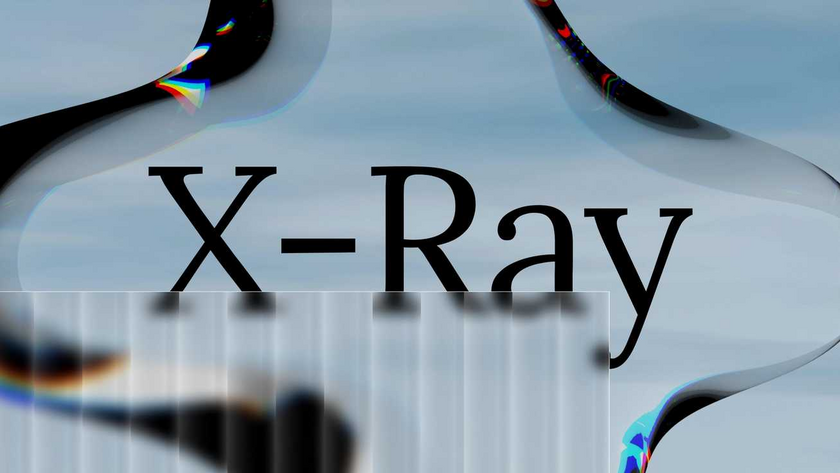To date the vast majority of institutional tokenization initiatives have used permissioned blockchains. Duncan Moir, who is a Senior Investment Manager at abrdn and leads their digital asset business, explores why he sees the need to embrace public blockchain.
Real-world asset tokenization came to the fore in 2023. More than just a buzzword, banks, asset managers, and regulators have increasingly recognised the potential offered by representing funds and securities on-chain. The move promises greater financial democratisation, liquidity in less private markets, and reduced costs. But for tokenization to really take hold, the financial world must progress beyond proof of concept private blockchains and embrace public blockchain.
The decision to begin with private blockchain is understandable. They offer control and implementation with limited regulatory considerations; ideal as a starting point as companies educate themselves on using blockchain technology. This approach is inherently limited however, with centralisation coming at a cost.
Public blockchain benefits
Public blockchains offer significantly more potential to scale. While private may allow for quick and easier tokenization, they remain in a private ecosystem, requiring investors to come directly to each provider. Not only does this create greater administrative burden from a KYC perspective, it raises the hurdle for liquid secondary market trading of the asset as it can only be traded within that ecosystem.
With public blockchains, it is easier to transfer assets across multiple platforms. This means that investors can come to a centralised venue, covering KYC there, while gaining access to products from a range of providers that have tokenized on public chains. When secondary market trading is introduced, you will have greater liquidity through a single venue and better price discovery. Liquidity can be further enhanced by connecting the centralised exchange to decentralised exchanges, and since the asset is on a public chain, investors can self custody.
Perhaps most importantly, public blockchain brings innovation with which private likely can’t compete. A key element of public blockchains is that they require payment in their native cryptocurrencies to operate. While this may be a cause of concern for some considering public blockchains, they create an important incentive for blockchain entrepreneurs, giving them “skin in the game” as the value of the cryptocurrency could increase as the use of the blockchain increases. This further incentivises blockchain developers, who are often paid in the cryptocurrency, to innovate and create competitive advantages versus other blockchains.
Innovation in traditional financial institutions is certainly possible, but it’s unlikely we would see the same level of innovation as seen at public blockchain companies, which offer a unique experience for, and can attract, leading developers and, increasingly, technology and financial service business people.
Public permissioned blockchain
A better solution for enterprises is public/permissioned blockchain. In building on public/permissioned, providers get the scale benefit of public blockchain, with the enterprise-level governance of private blockchain. Cryptocurrencies are generally needed, which enterprises will need to accept to evolve, and solutions exist that allow users to avoid touching the crypto directly. Importantly, public/permissioned blockchains are operated by select groups, often larger trusted organisations. This gives greater control over the capacity and speed of the network, while providing comfort to large corporates over the decision making at the blockchain company and creates an element of trust that is more familiar.
Last year, abrdn joined the governing council of Hedera Hashgraph, a public/permissioned enterprise DLT run by some of the world’s leading companies, that offers speed and security at extremely low fixed dollar costs. Earlier this year, abrdn’s money market funds became available in token form through UK regulated digital assets firm Archax. By using Hedera, abrdn is preparing for a future where investors buy and take custody of their tokenized assets and can trade across multiple platforms.
For fans of real-world asset tokenisation, the good news is that 2023 was just a precursor to what’s to come in on-chain finance. With many asset managers more progressed in their blockchain projects, 2024 promises to be an exciting year for tokenization





























